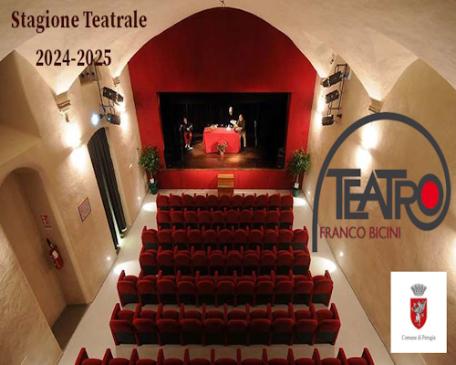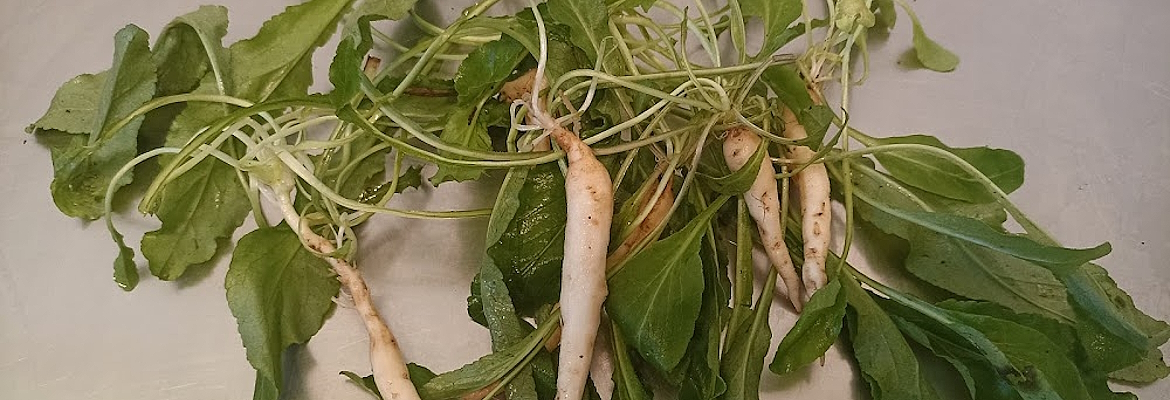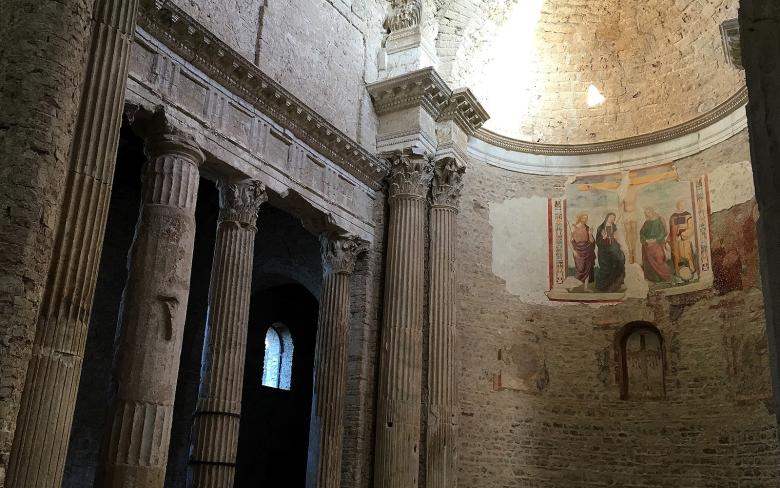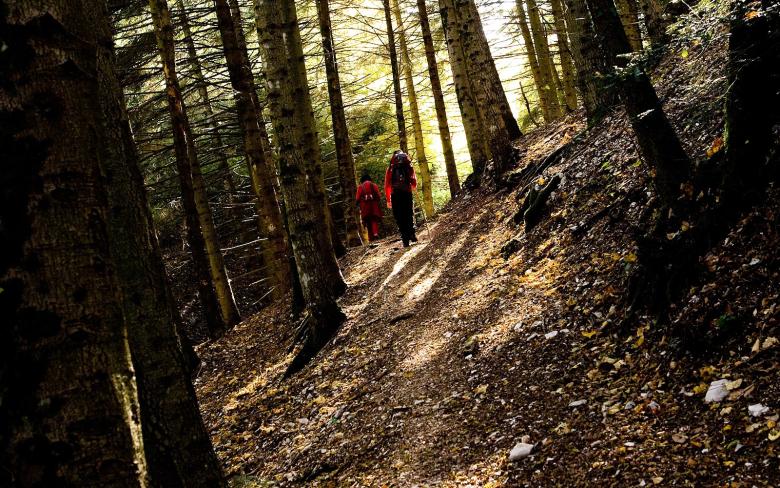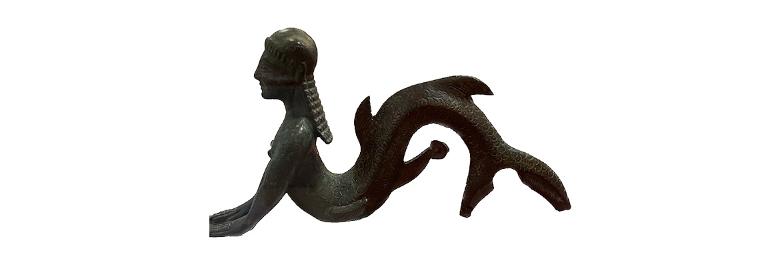Rapunzolo
The Rapunzolo (Campanula rapunculus), also known as Rapunzel or Raponzolo. It is a member of the Campanulaceae family, whose name is derived from the bell shape of its blue or lilac flowers. The seeds usually germinate in early autumn, and the plant can withstand very cold winters, even down to -13 °C. Rapunzel often grows in olive groves up to an altitude of 1,200 metres, but it is also possible to grow it in one's own garden, as long as one prepares fresh, fertile soil that is not too exposed to the sun.
Thanks to its components, such as mineral salts, vitamin C and proteins, it has antiseptic and refreshing properties. The roots are particularly rich in inulin, which helps regulate blood sugar levels and improves lipid metabolism.
Want to try it raw? Try it with its tasty root on its own or in Misticanza:
- Preparation: 10 minutes
- Difficulty: Very easy
- Serving Size: 4 people
Ingredients:
- 500 g country herbs including: Ginestrella, Caccialepri, Crespigni and Pimpinellone
- Extra virgin olive oil
- Salt to taste
- Wine vinegar
The preparation of the recipe is very simple. Wash the vegetables well and remove excess water. Place everything in a bowl and season with oil, salt and vinegar. Now all you have to do is 'mix' the seasoned vegetables with two hands. The dish is ready to serve at the table.
In the recipe for Crostone al Rapunzolo it is first blanched and pan-fried:
- Cooking time about 30 minutes
- Difficulty Easy
- Servings Serves 4
Ingredients:
- 300 g Raponzoli
- 100 g caciotta-type cheese (semi-hard)
- Extra virgin olive oil to taste
- Butter to taste
- Salt to taste
- Bread
Blanch the raponzoli in salted water for about 15 minutes. Once ready, drain, squeeze and roughly chop them. Heat oil and butter in a pan and add the raponzoli. Sprinkle with caciotta cheese and let it melt just a little. Toast the bread slices and place the cooked and seasoned herbs on top. The crostoni are ready to serve at the table.
If you are interested in learning more about them or how to recognize them correctly – which is very important – and understand how to collect them, visit the website of the Academy of Wild Field Herbs or follow their Facebook page.




















